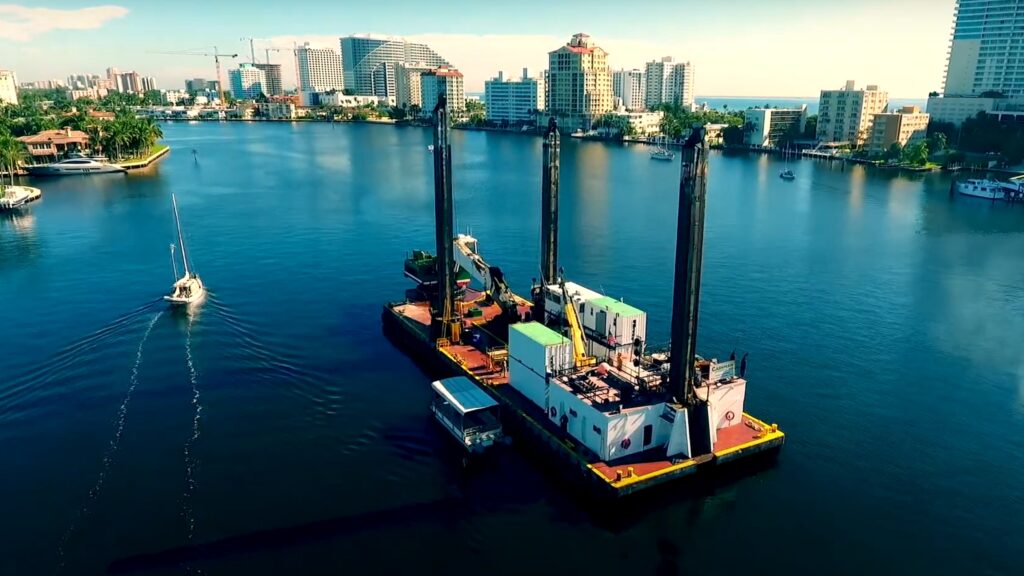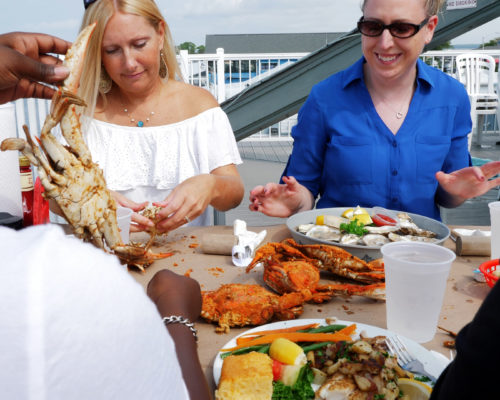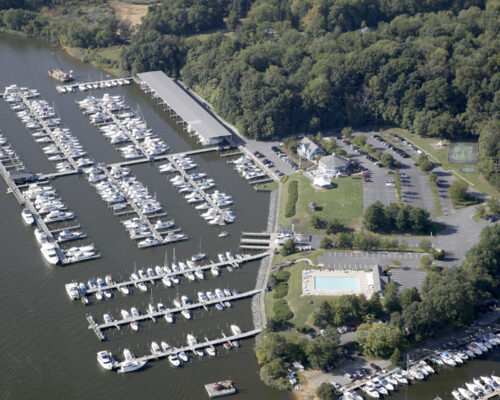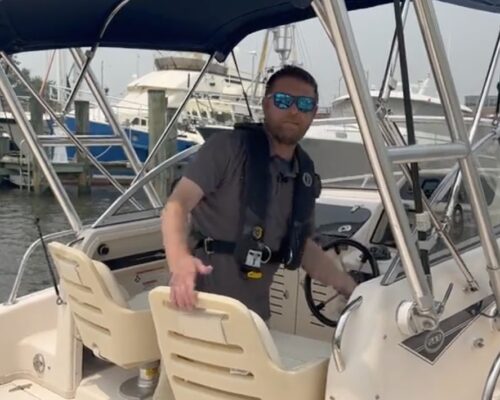If you’re a cruiser who has put in a lot of engine hours on the Chesapeake Bay, the Intracoastal Waterway (ICW) is a tempting next step. With the mouth of the Bay as it’s jumping off point, the 1,100-mile ICW offers adventure and a ticket to the southern locales that can extend your boating season right into winter.
One of the major pitfalls of navigating the ICW has long been ever-changing water depths, thanks to the strong currents that cause silt to be dragged into channels. When we reported on dredging funding for the ICW back in 2018, our ICW expert and cruising editor Jody Argo Schroath warned that dredging efforts would only last so long due to those unpredictable currents.
In 2024, there is still a critical need for dredging. And to that end, the federal government has awarded $48.5 million to the U.S. Army Corps of Engineers for navigable channels and other critical waterway maintenance projects along the waterway that’s been coined Marine Highway 95.
The state of Virginia will get $5.3 million in dredging funds, with the lion’s share going to North Carolina with $26.6 million. South Carolina will receive $8.5 million, while the Georgia and Florida ICW sections were funded at $4 million each.
The Atlantic Intracoastal Waterway Association (AIWA) has advocated for dredging funds for more than a decade to get the waterway back to its authorized depth of 12 feet. The $48.5 million were included in the Energy and Water Appropriations bill for Fiscal Year 2024, and additional funds come from the Bipartisan Infrastructure Law.
The push for ICW dredging has come a long way, according to AIWA Executive Director Brad Pickel. “It was not that long ago that we had zero federal dollars for dredging, and the waterway’s future was being questioned,” he said.
AIWA board member David Kennedy, BoatUS Manager of Government Affairs, said, “The Intracoastal is used by many kinds of boaters and anglers, and dredging is critical to safety and the economic development that boating brings to waterfront communities. This latest win, along with more sustained support for other shallow draft harbors, gives promise that the boater’s voice is being heard in the halls of government.”




